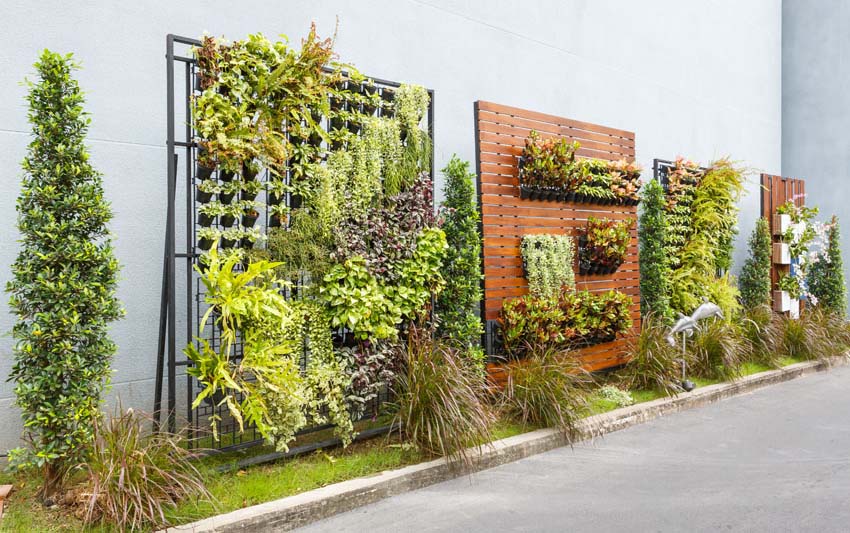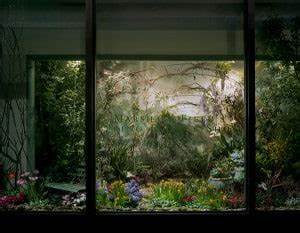
Vertical Gardening: Maximizing Space and Harnessing Nature’s Power
Introduction
Vertical gardening has gained significant attention in recent years as a practical solution for growing plants in limited spaces. This article explores the concept of vertical gardening, its historical background, key concepts and definitions, as well as its main benefits and techniques. Additionally, it delves into case studies, current trends, challenges, and the future outlook of vertical gardening.
Historical Background
Although vertical gardening has become increasingly popular in recent years, its roots can be traced back to ancient civilizations such as the Hanging Gardens of Babylon. Throughout history, people have devised innovative techniques to grow plants vertically, adapting to their surroundings and maximizing available space.
Key Concepts and Definitions
Vertical gardening can be defined as a method of growing plants vertically, either indoors or outdoors, using various techniques such as hydroponics, aeroponics, and living walls. Hydroponics involves growing plants in a nutrient-rich water solution without soil, while aeroponics suspends plant roots in air and mists them with nutrients. Living walls are vertical structures covered in plants, providing numerous benefits to the environment.

Main Discussion Points
Benefits of Vertical Gardening
Vertical gardening offers several advantages, including increased food production in limited spaces. By utilizing vertical structures, such as trellises and towers, gardeners can grow a larger quantity of plants within a smaller footprint. Furthermore, vertical gardening maximizes sunlight exposure for plants, ensuring they receive ample light for photosynthesis. Additionally, these structures enhance air circulation, reducing the risk of pest problems and disease.
Mechanisms Behind Plant Thriving in Vertical Spaces
Plants thrive in vertical spaces due to their ability to absorb nutrients and retain water efficiently in vertical systems. Their adaptations to grow vertically, such as tendrils and climbing abilities, allow them to utilize vertical structures for support. Moreover, gravity plays a positive role in plant growth, influencing the distribution of water and nutrients throughout the plant.
Vertical Gardening Techniques and Structures
Various techniques and structures are employed in vertical gardening. Vertical hydroponic systems, for example, allow plants to grow without soil, relying on nutrient-rich water solutions. Living walls and green facades utilize vertical spaces to cover buildings and structures with vegetation, providing insulation and aesthetic appeal. Additionally, trellises, towers, and vertical planters offer practical solutions for growing plants vertically.
Plant Selection and Care in Vertical Gardens
Choosing the appropriate plant species for vertical gardening is crucial for success. Factors such as sunlight requirements, root structure, and growth habits should be taken into consideration. Soil composition and irrigation methods also play a vital role in plant care. Regular pruning and maintenance practices are necessary to ensure the health and longevity of plants in vertical gardens.

Case Studies or Examples
Numerous case studies highlight the success of vertical gardening in various settings. Vertical farming projects in urban areas have revolutionized food production by utilizing vertical spaces in innovative ways. Living walls in commercial buildings not only enhance the aesthetic appeal but also provide numerous environmental benefits. Productive vertical gardens in residential settings enable homeowners to grow their own fresh produce despite limited garden space.
Current Trends or Developments
Advancements in vertical gardening technologies have led to the integration of smart technology and automation. These innovations allow for more precise control of environmental factors, such as temperature and humidity, ensuring optimal plant growth. Additionally, research findings on the benefits of vertical gardening for urban environments continue to emerge, supporting its potential as a sustainable solution for food production and urban greening.
Challenges or Controversies
While vertical gardening offers numerous benefits, it also presents challenges. In urban environments, limited access to natural sunlight can restrict the success of vertical gardens. Additionally, high initial costs and maintenance requirements can deter individuals from adopting this gardening method. Furthermore, there is an ongoing debate surrounding the sustainability and environmental impact of vertical gardening, particularly in terms of resource consumption and waste management.

Future Outlook
The future of vertical gardening holds great potential. It can address food security and urban greening challenges by efficiently utilizing limited space for sustainable food production. Integration of vertical gardening in architectural design and urban planning can create greener cities and improve the quality of life for residents. Advancements in vertical farming techniques will further contribute to sustainable food production and reduce the environmental footprint.
Conclusion
Vertical gardening offers a practical solution for maximizing space and harnessing nature’s power. Through innovative techniques and structures, it enables increased food production, maximizes sunlight exposure, and enhances air circulation. Despite challenges and controversies, vertical gardening has the potential to revolutionize urban farming and create greener cities. Its future outlook is promising, with advancements in technology and research continually improving its efficiency and sustainability.
References
For further reading and research on vertical gardening techniques, plant selection, and case studies, the following sources are suggested:
Smith, J. (2020). Vertical Gardening: How to Create Beautiful Gardens in Small Spaces. HarperCollins.
Wong, D. (2019). The Vertical Garden: From Nature to the City. Princeton Architectural Press.
Gonzalez, V., & Maggioni, L. (2018). Vertical Gardens: Bringing the Garden into the City. Birkhäuser.
Despommier, D. (2010). The Vertical Farm: Feeding the World in the 21st Century. Picador.
Hessayon, D. G. (2008). The Vertical Garden: From Pol Pot to Boston. Expert Books.




